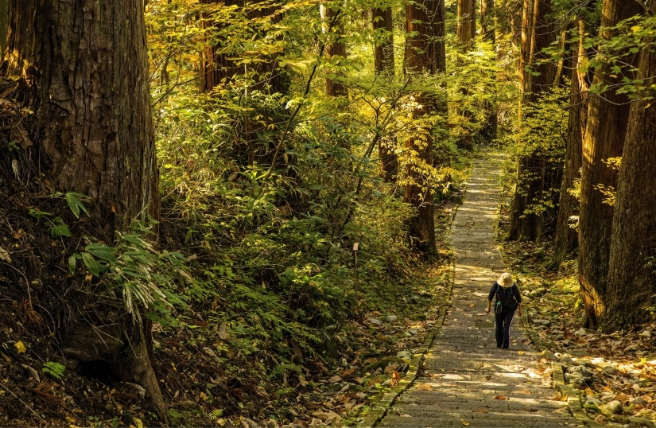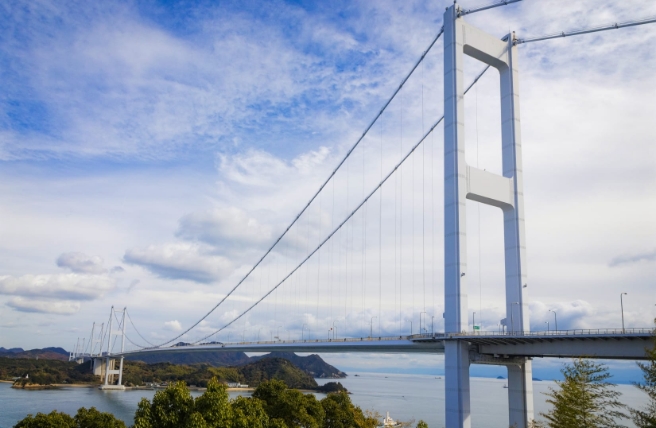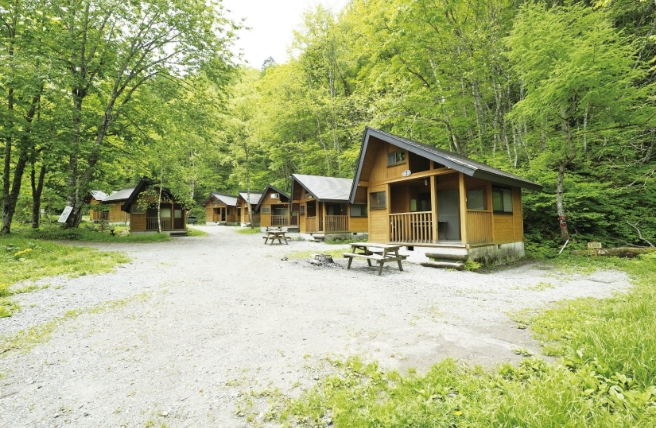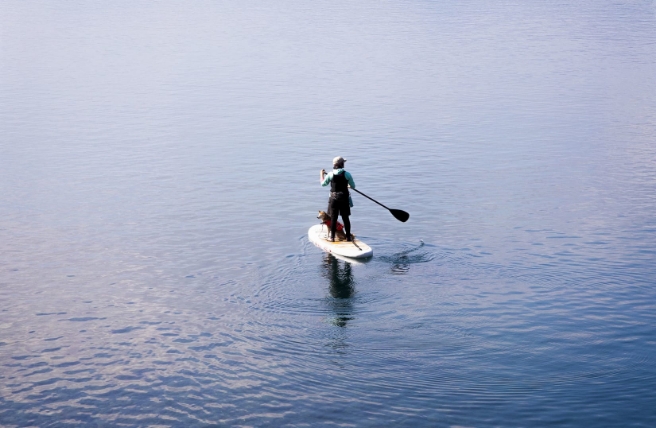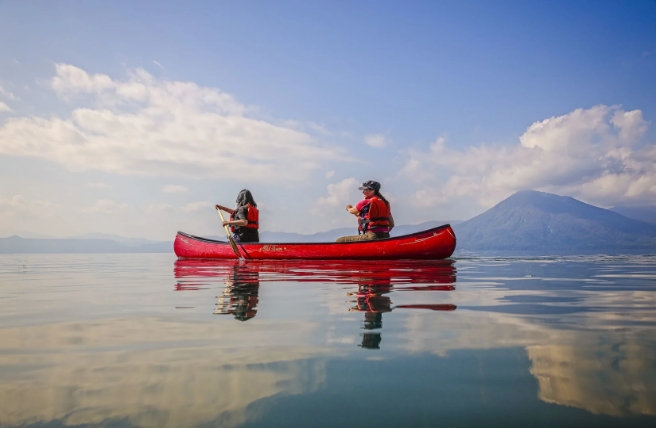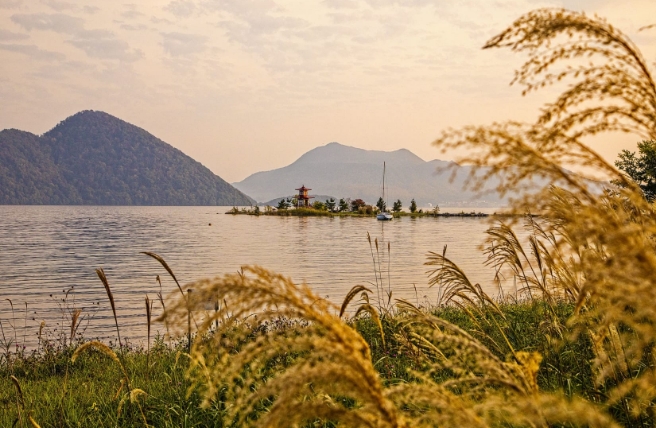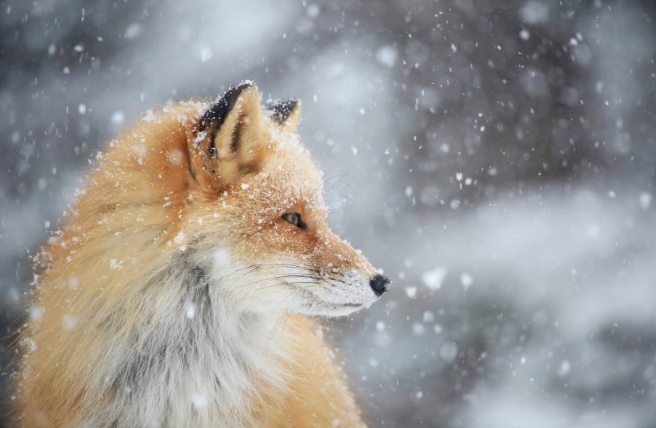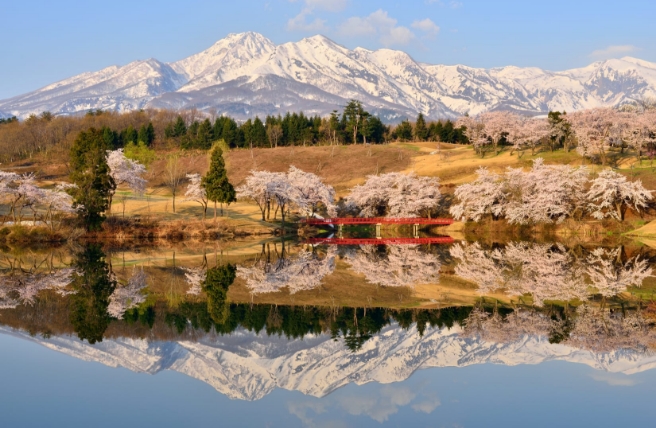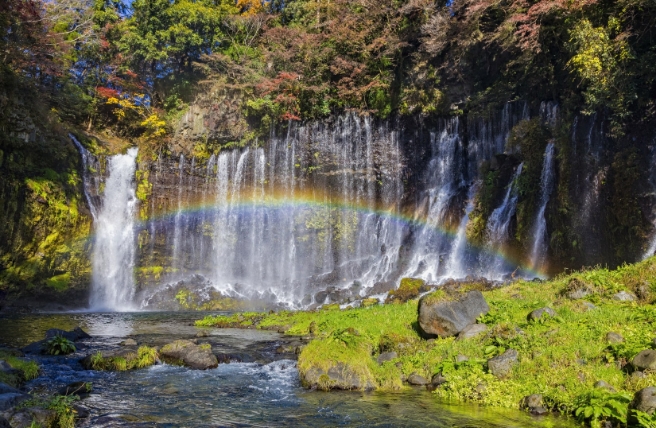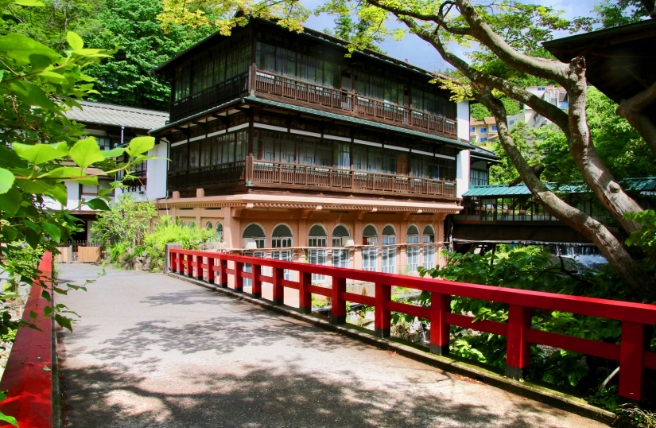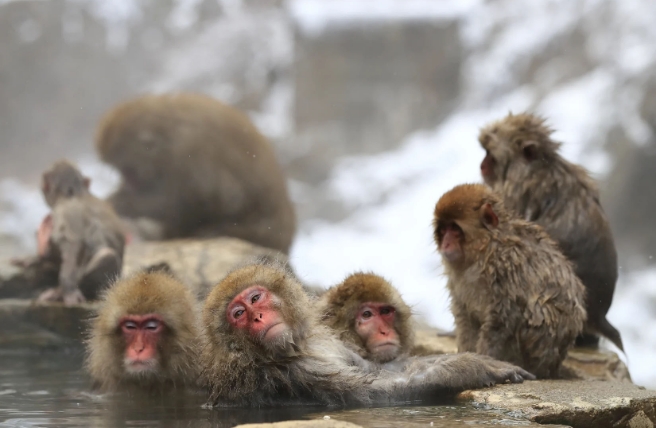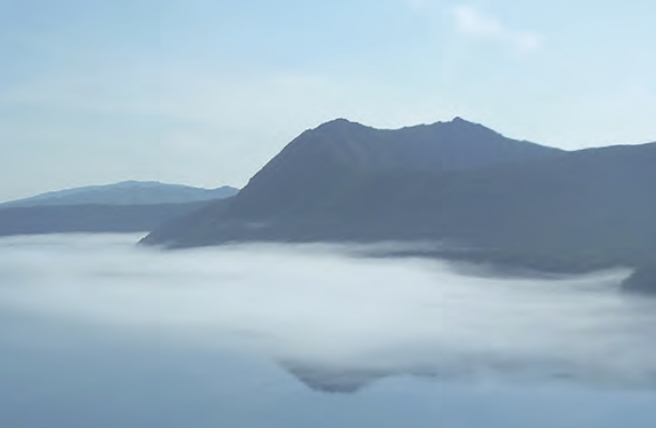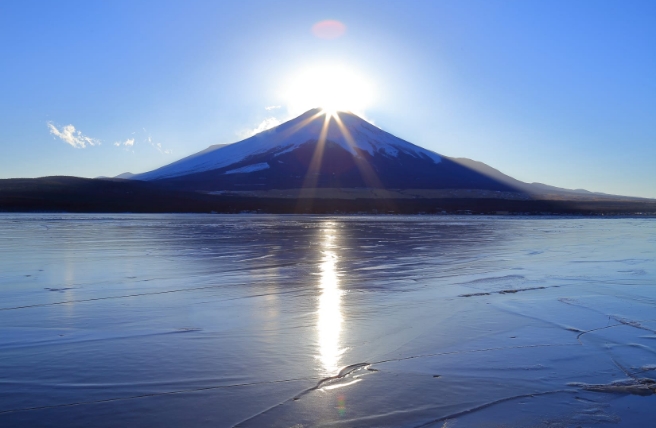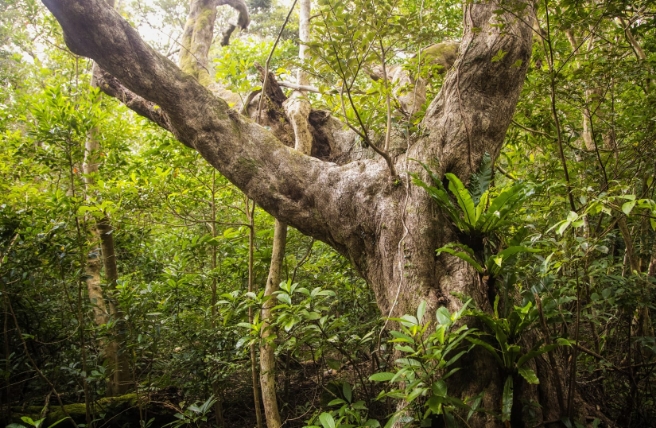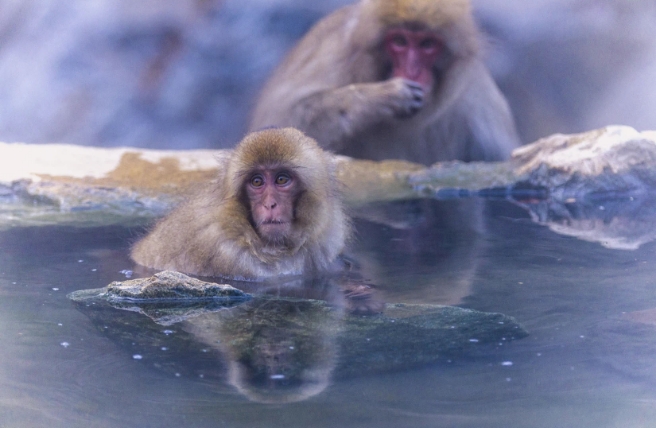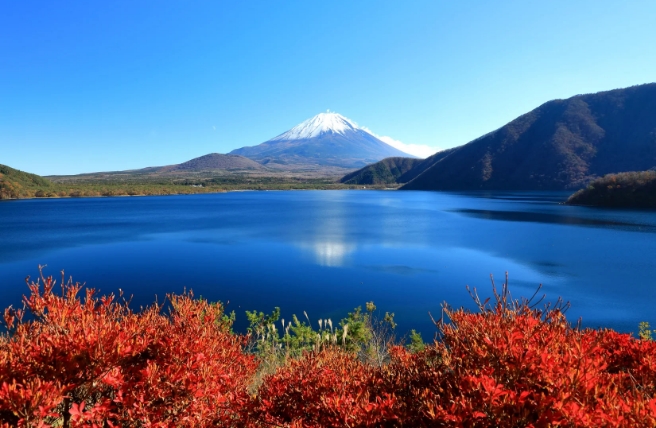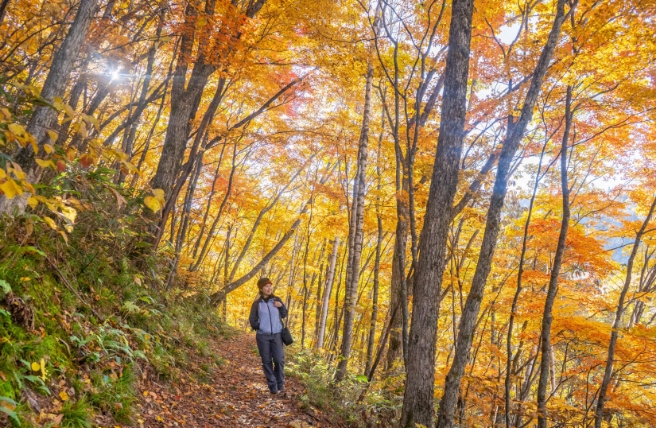Mount Fuji as a symbol of Fuji-Hakone-Izu National Park
| Ranger | Hiromichi Saito |
| Park | Fuji-Hakone-Izu National Park |
| Recommended Spot | Misaka Mountains |
* This article was written based on an interview conducted with the park ranger in November, 2019.
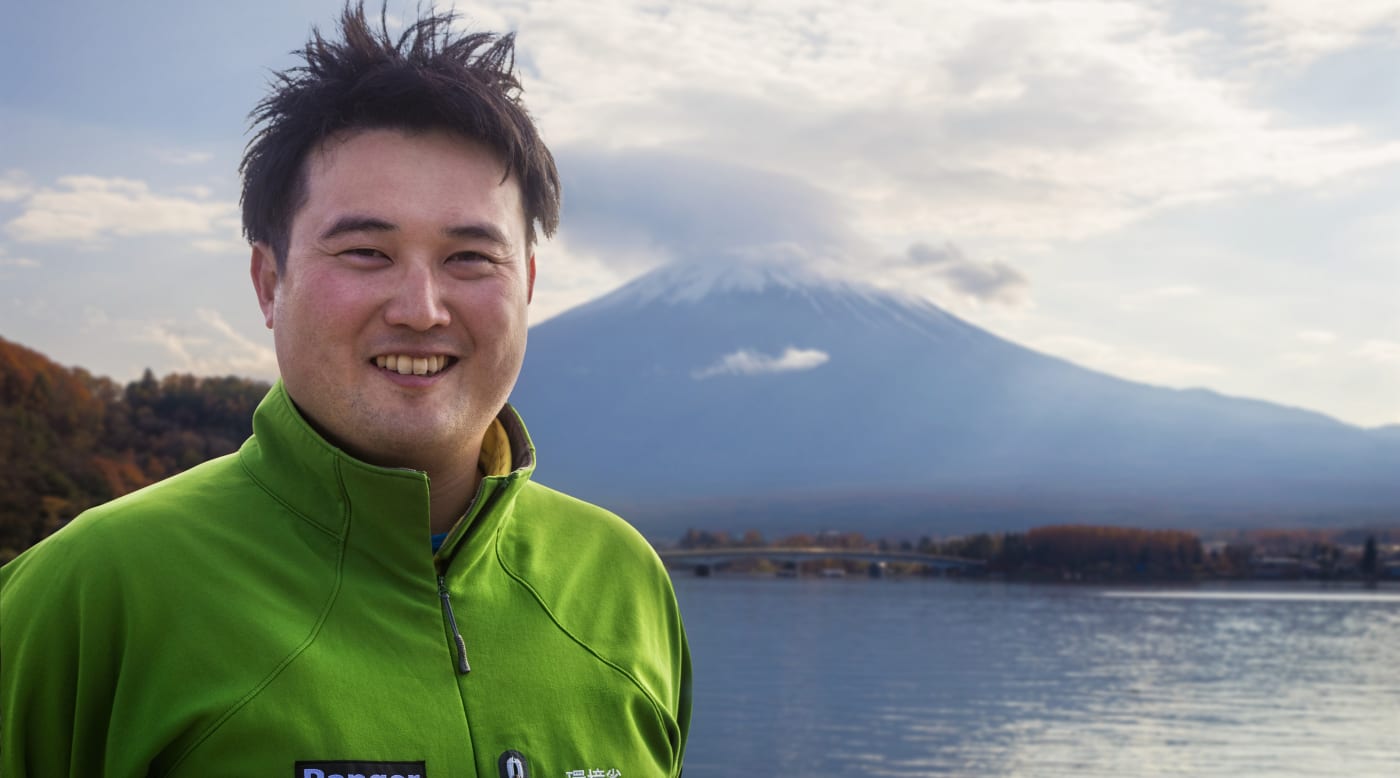
“You don’t need to climb Mount Fuji to appreciate it.” says Hiromichi Saito, park ranger at the Fuji Five Lakes Ranger Office for Nature Conservation. Throughout Fuji-Hakone-Izu National Park, there are hundreds of vantage points from which to see this icon of Japan. These places extend from the Fuji Five Lakes area and Hakone to the remote Izu Islands that extend 120–290 kilometers south of Tokyo. All of these areas are connected by the Fuji Volcanic Belt.
A Deep Interest in Nature
Growing up, park ranger Hiromichi Saito was obsessed with nature. He had an unbounded curiosity about the natural world around him: lakes, ponds, rivers, fish, bugs and all kinds of animals. In university, his interests shifted to the relationship between humans and the environment, and he decided to dedicate himself to this cause by becoming a park ranger.
Today, Saito devotes himself to creating an environment within Fuji-Hakone-Izu National Park where nature and humans can coexist in harmony. One of the ways Saito thinks is a good way to keep this relationship in balance is through zoning: for example designating certain areas of the park for mass tourism, other areas where visitors can only go with a guide, and areas that are off-limits.

Saito's Recommendations
Saito suggests taking your time when you visit, if you can. If you plan to climb Mount Fuji, he recommends that you spend a few days exploring the surrounding area before hiking to the summit. There are many minor peaks at the foothills of Fuji, such as Mount Ohira, near Lake Yamanaka. The views from here are excellent, and it only takes a few hours to reach the peak.
One of his favorite spots in the park is the Misaka mountain range, located to the north of Lake Kawaguchi. “It’s away from the tourist areas, and it is one of the best places to get iconic views of Mount Fuji and Lake Kawaguchi together. There are a variety of hiking trails in these mountains, long and short, and you can access the area by car or bus.”
Another place Saito recommends is Nakanokura Pass, at the north side of Lake Motosu. Here, you can see the same view of Mount Fuji that is printed on the Japanese 1,000-yen note.

The Diversity of Fuji
One of the things that Saito loves most about working as a park ranger in Fuji-Hakone-Izu National Park, and the Fuji area in particular, is its diversity. You can observe many different types of terrain, plants and animals in such a small area. The type of trees, plants and animals found in the foothills of Mount Fuji at the First Station (around 1,400 m) differs from that at the Fifth Station (around 2,300 m)—where many climbers start their ascent to the top.
There are often sightings of Japanese serow, the only species of antelope endemic to Japan (a member of the cow family), around Fuji’s Fifth Station. The Mount Fuji area also has well over 100 species of birds and is an extremely popular destination for birdwatchers. The birds are drawn by the variety of plant life at different altitudes on Mount Fuji. One of the most commonly sighted birds, and one of the most beloved by photographers, is the spotted nutcracker (hoshigarasu).
How to Enjoy Fuji-Hakone-Izu National Park
Whether you’re visiting the park on a day-trip from Tokyo or you’re spending several days, Saito recommends that you try some kind of activity. A lot of tourists simply go up to the Fifth Station of Mount Fuji, buy some souvenirs, and then leave. But there are many ways to enjoy the park. Hike through the Aokigahara Jukai Forest with a guide, do SUP on one of the lakes, kayak, mountain bike, or take a leisurely walk along the Tokai Nature Trail. The foothills of Fuji are also ideal for forest bathing, also known as forest therapy, the practice of immersing yourself in the sights and sounds of the forest. “I really encourage you to find something that interests you—there is so much to choose from.”
